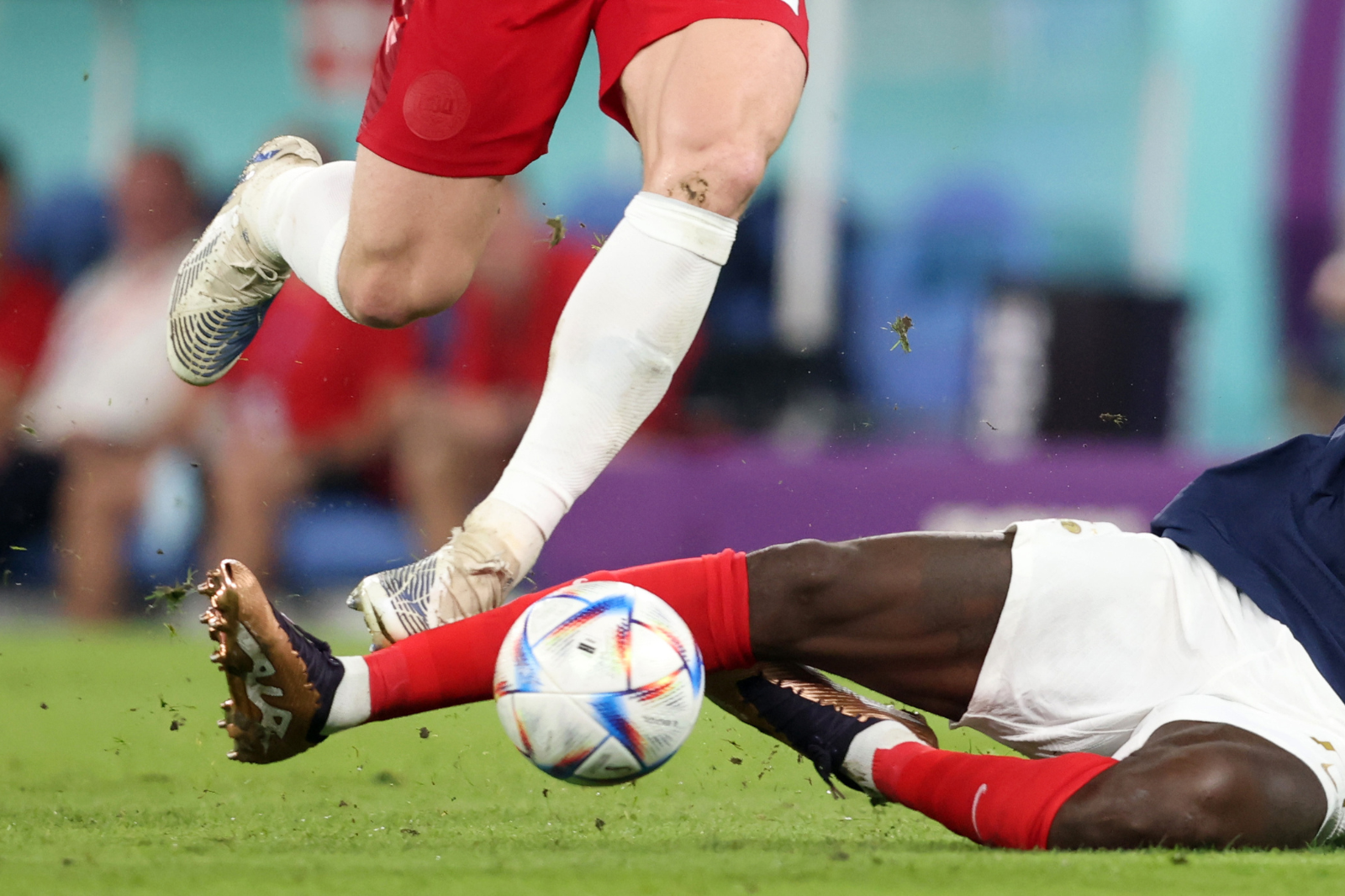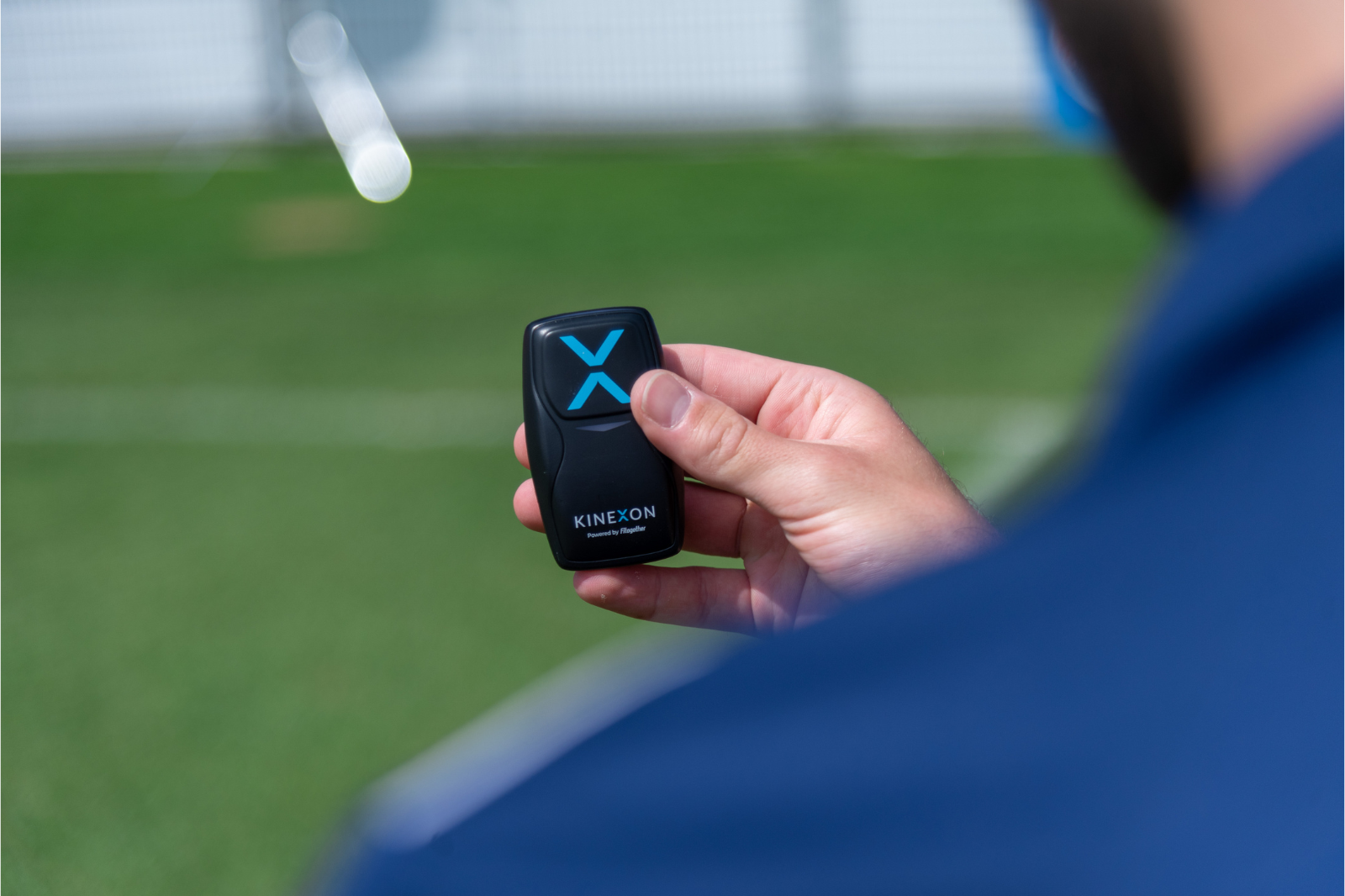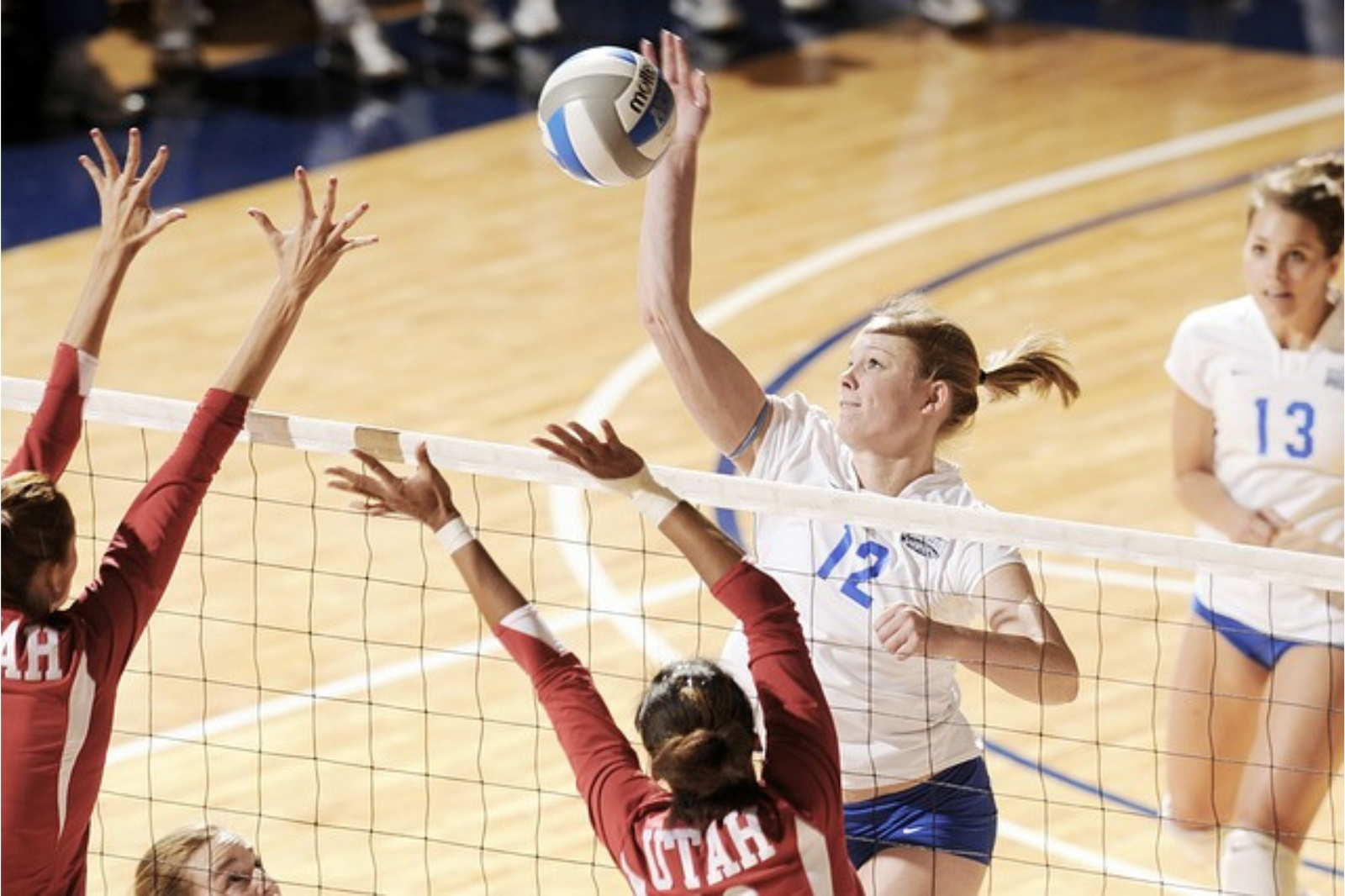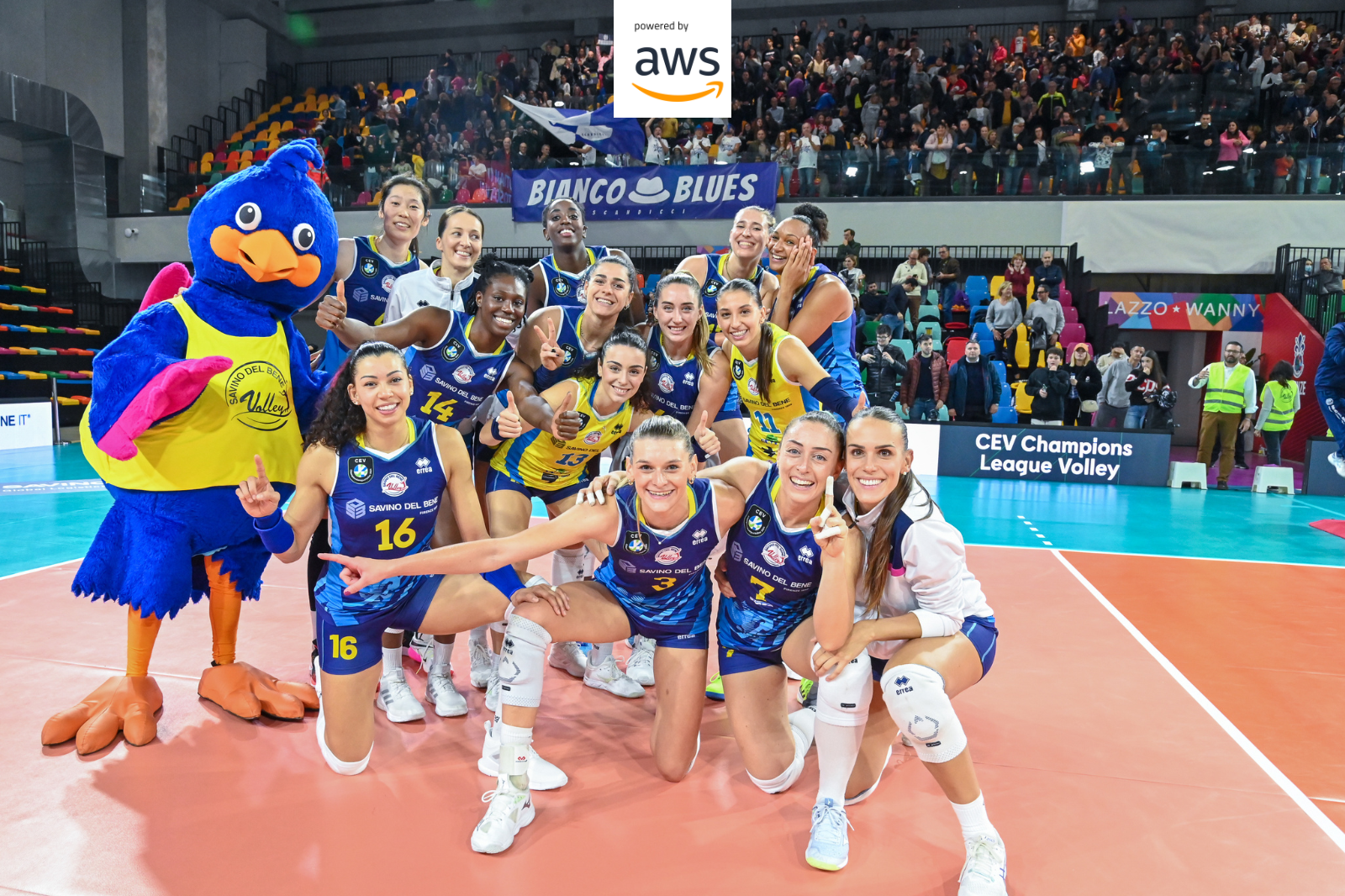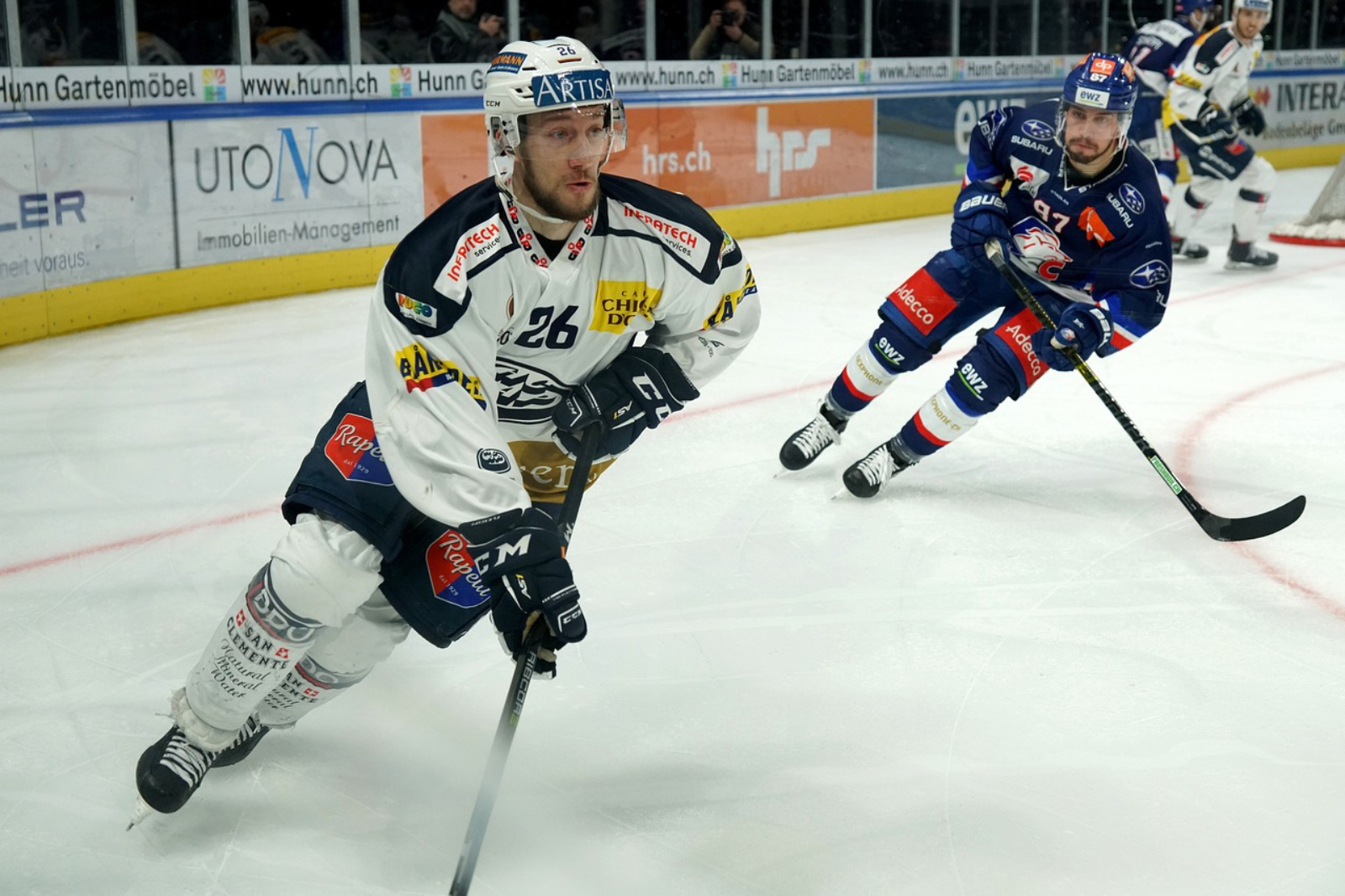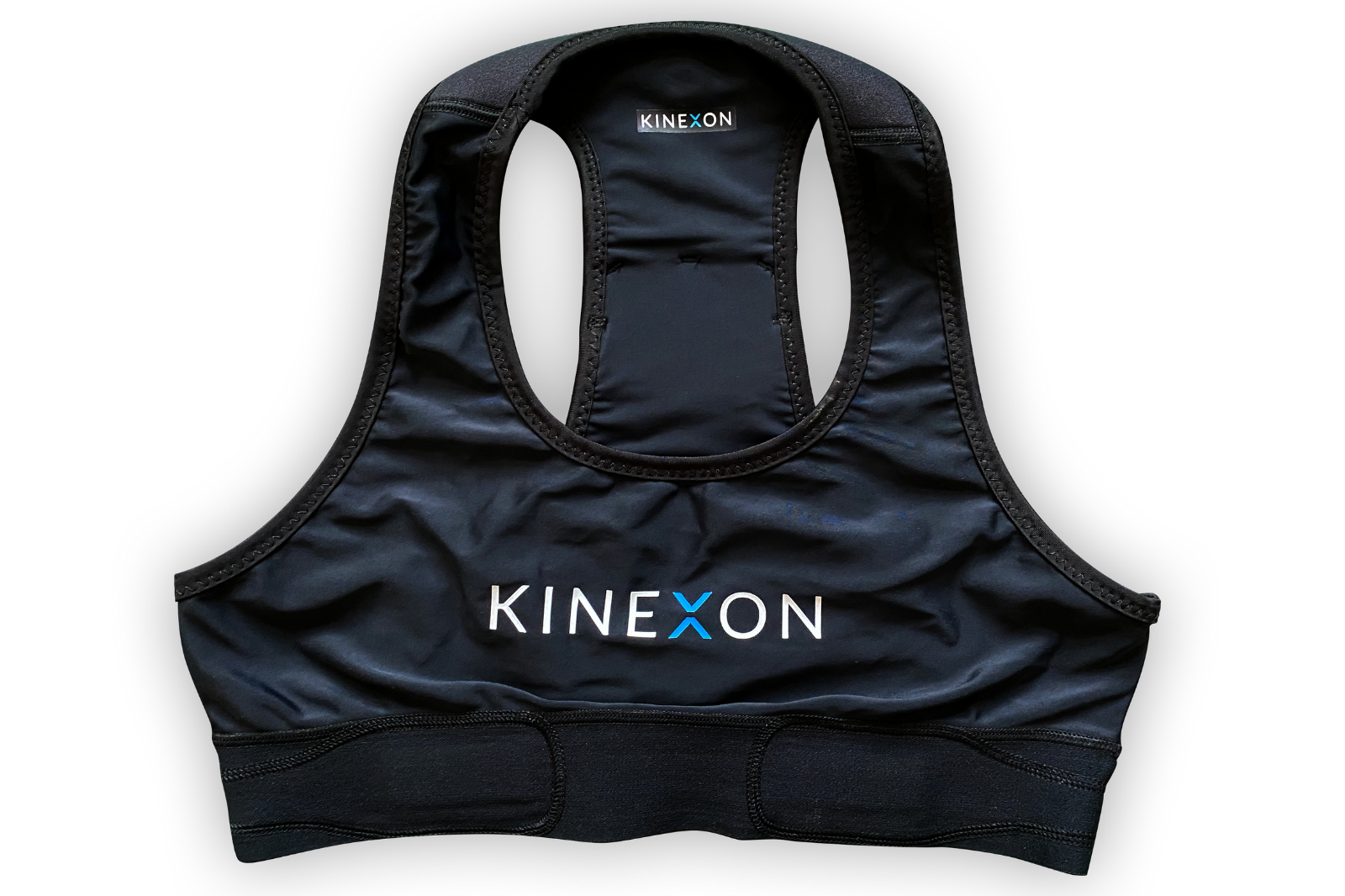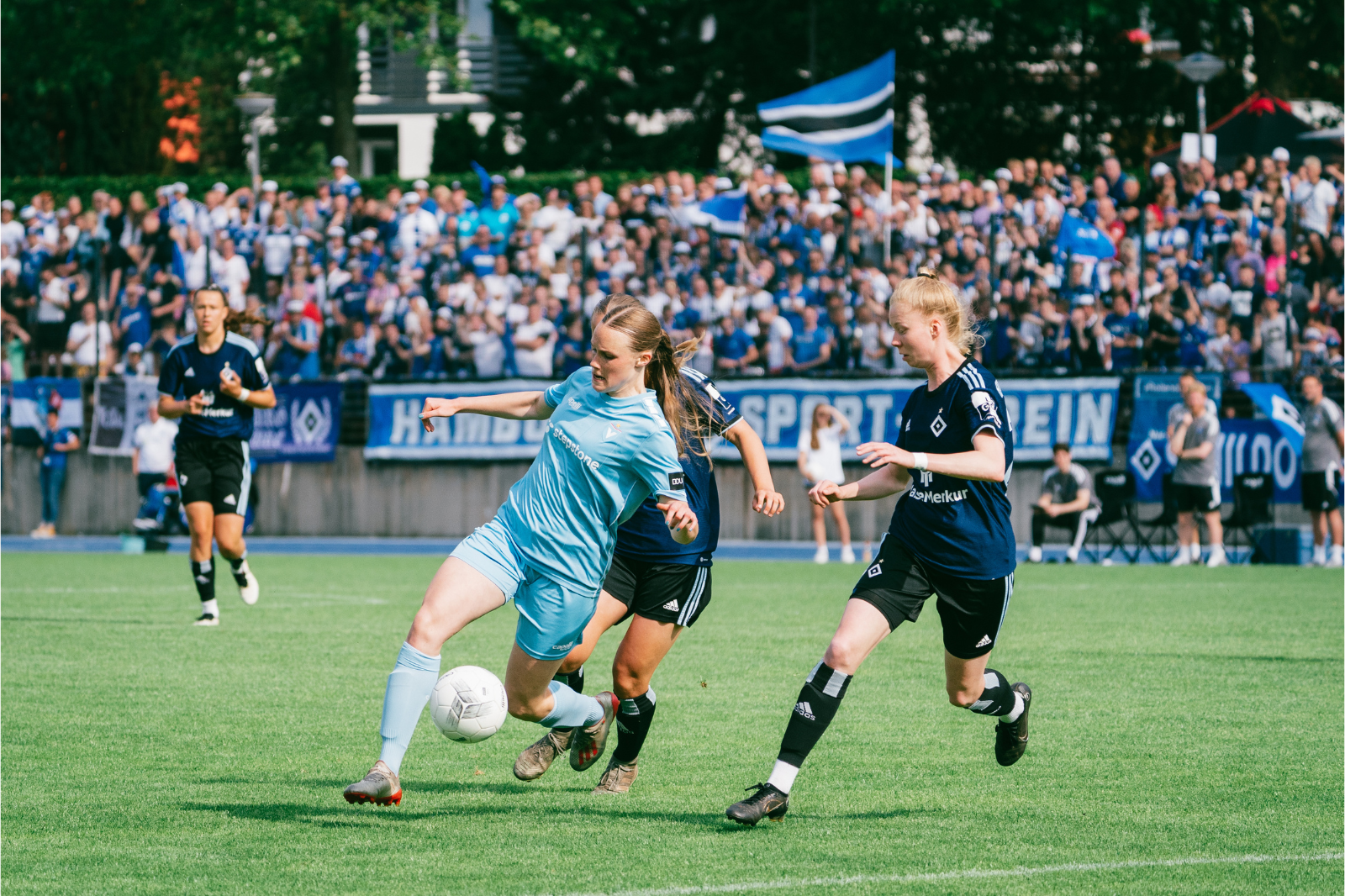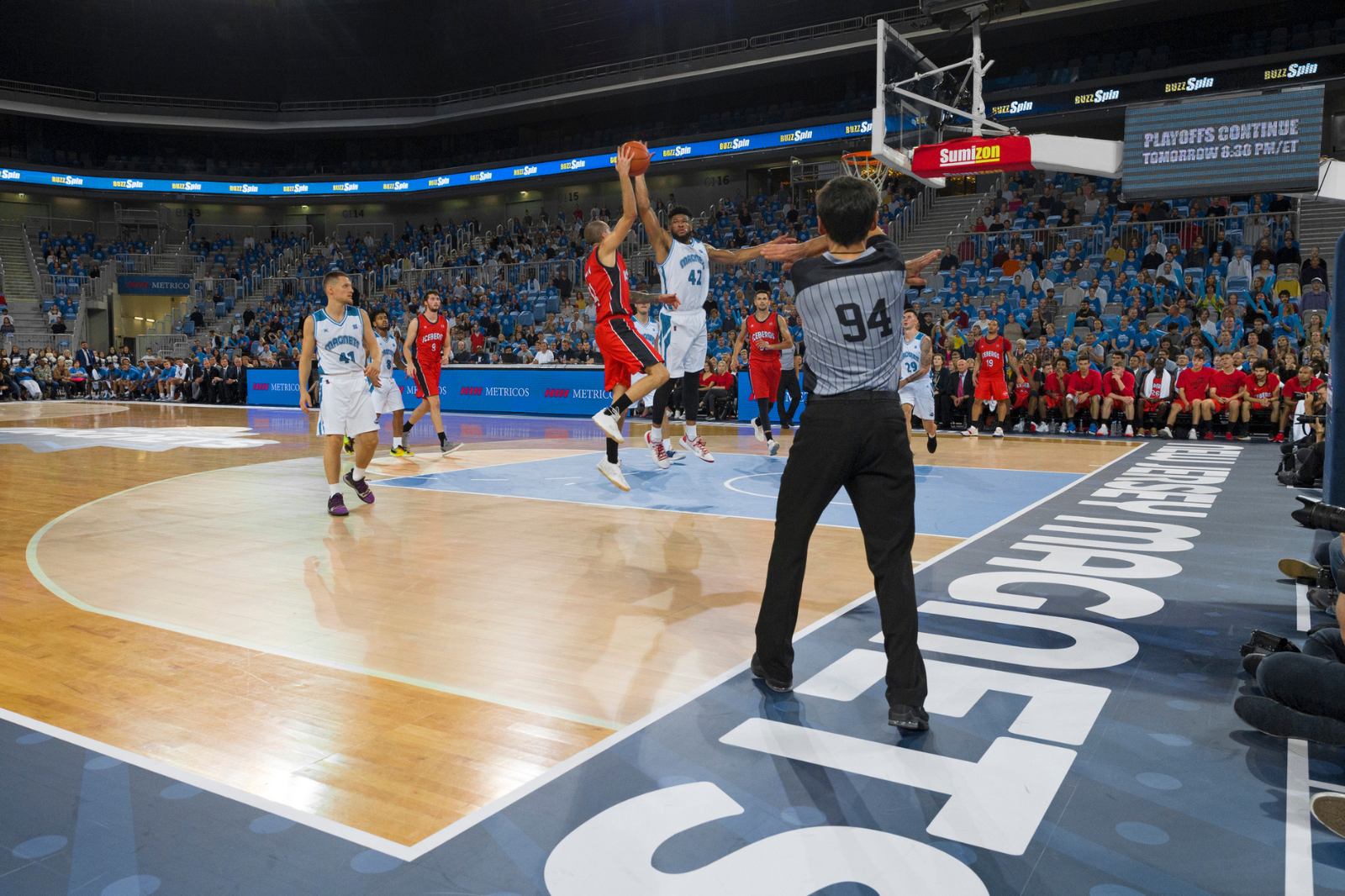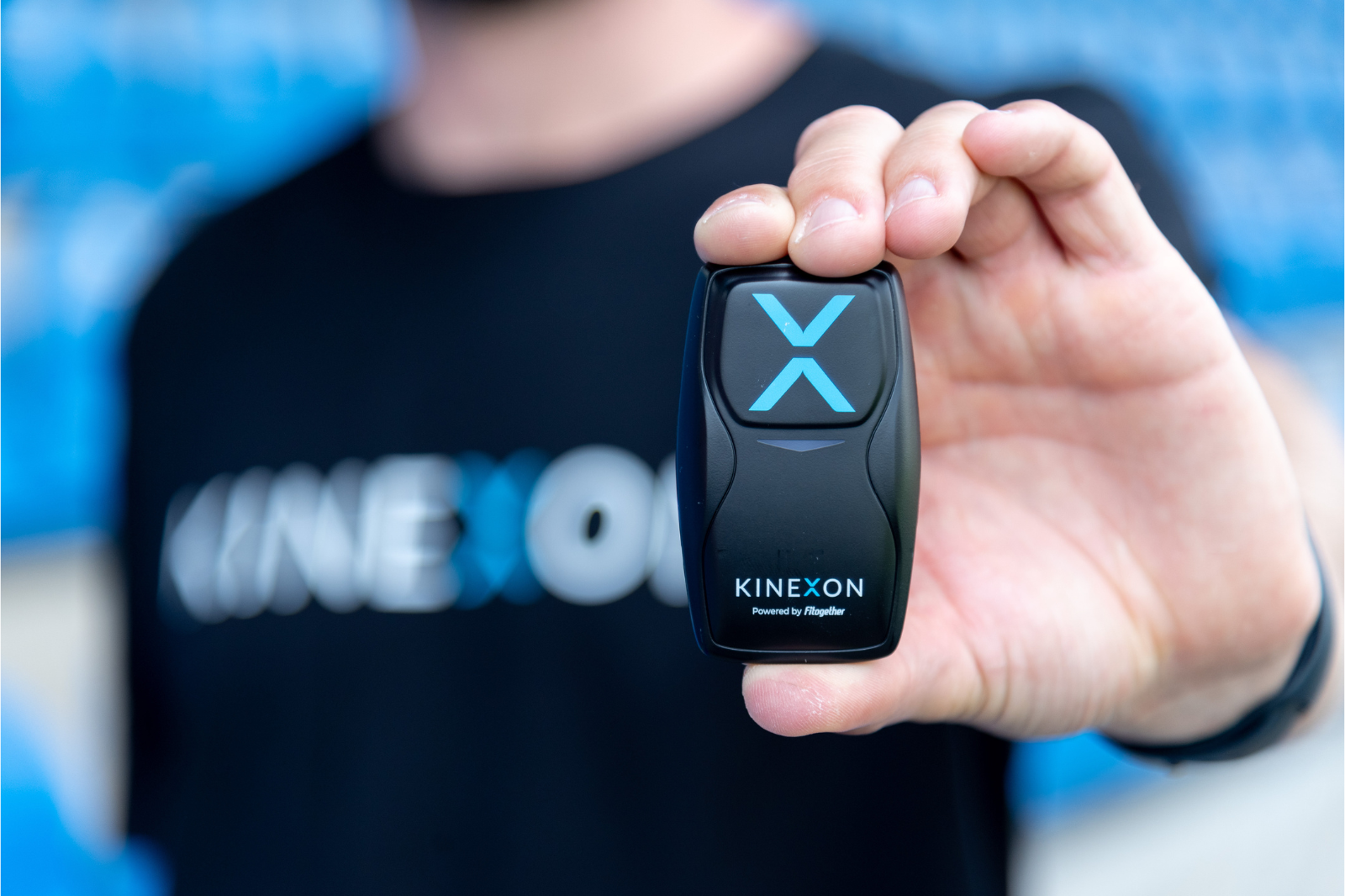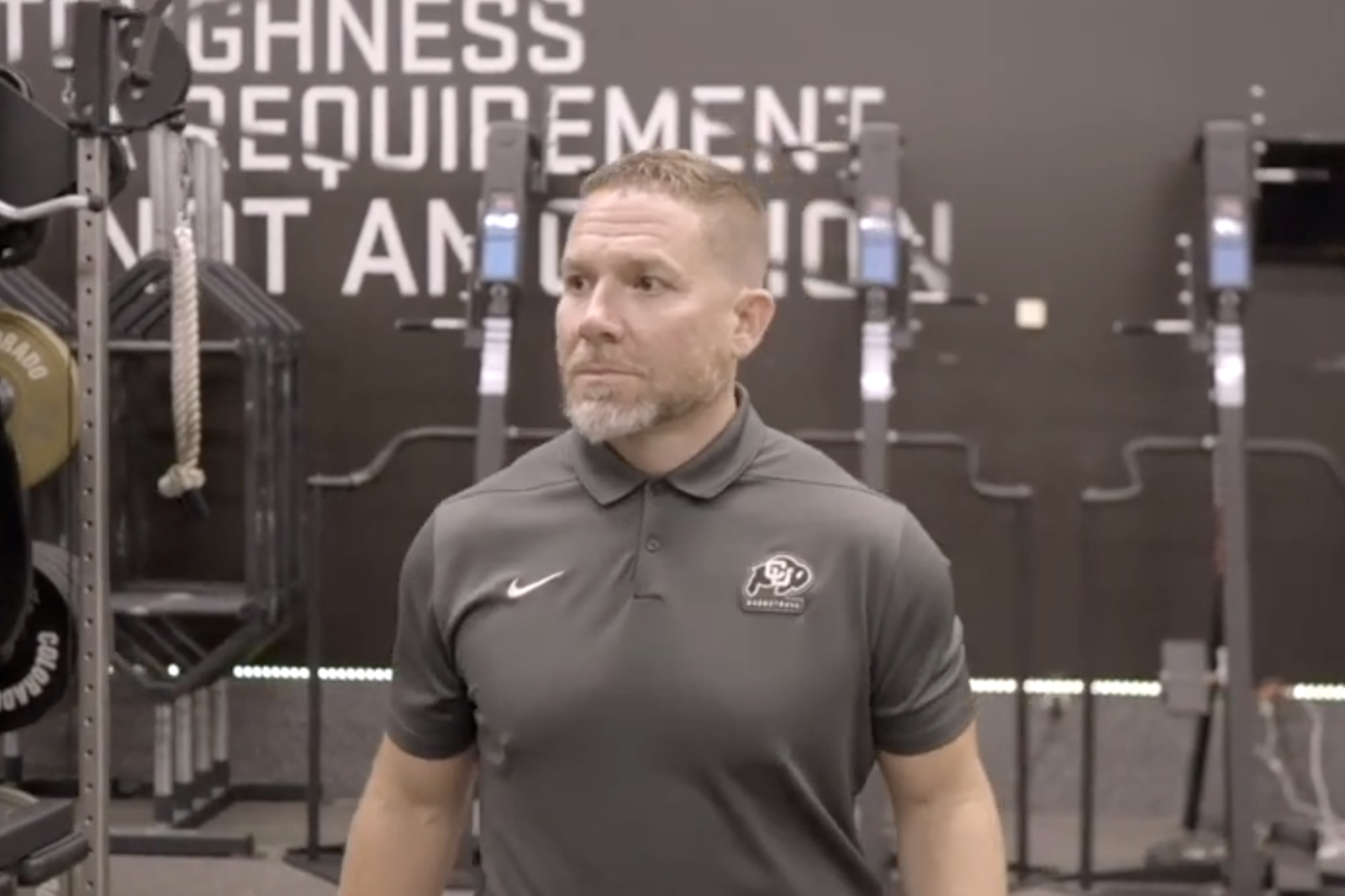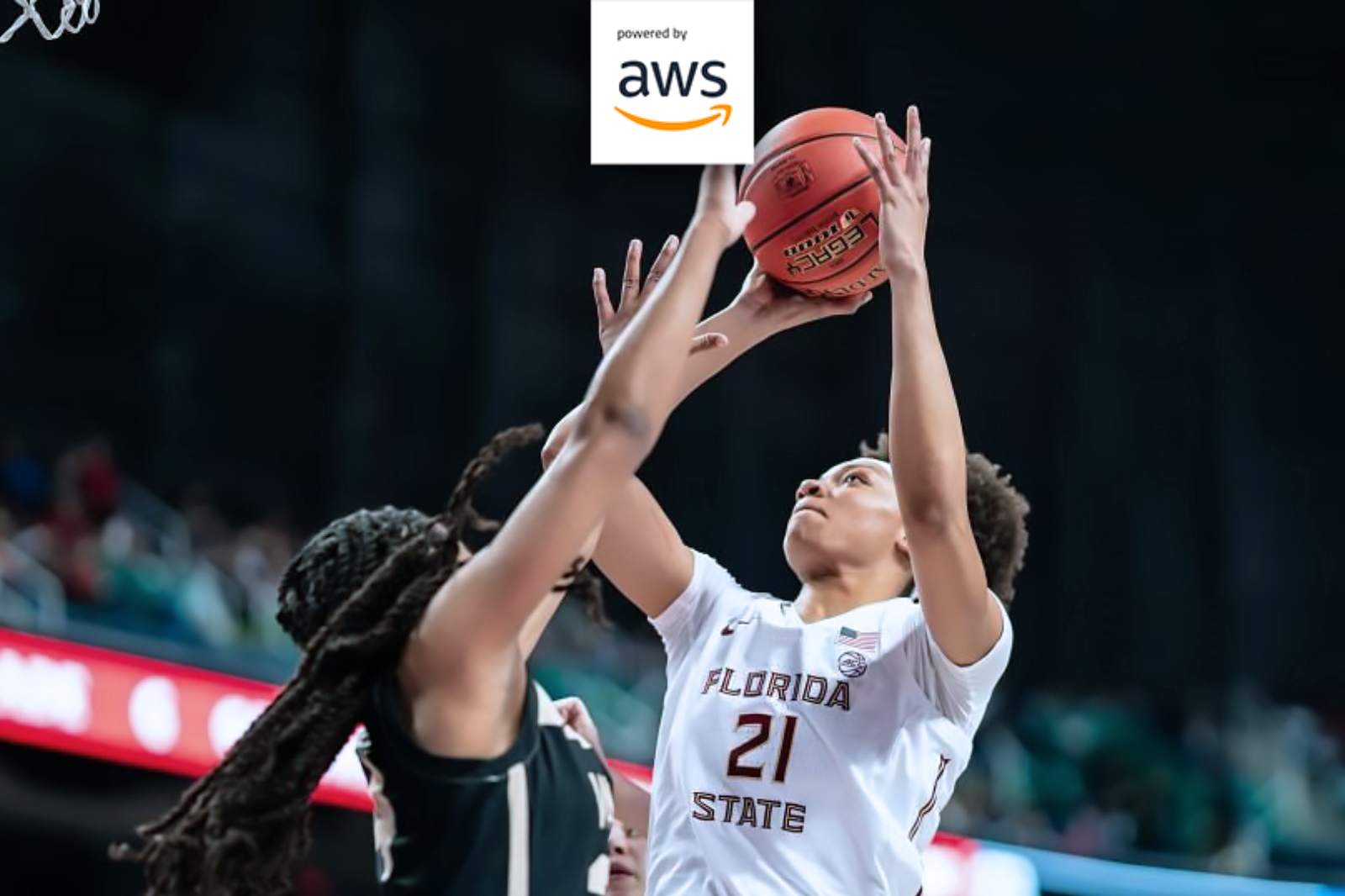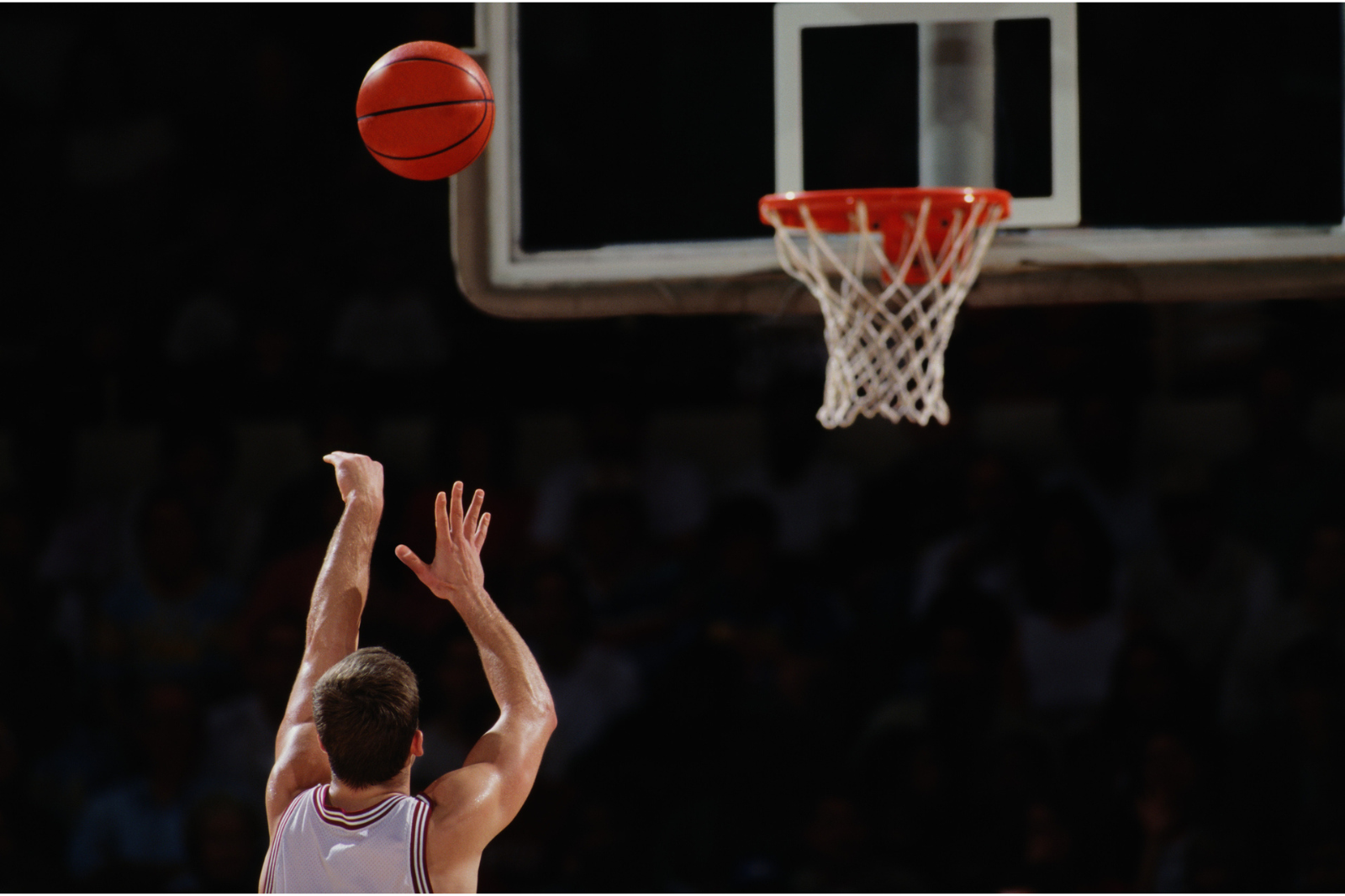Context-based performance analysis at NABC Convention 2017
Bei der NABC Convention 2017 in Phoenix, Arizona, stand das alljährlich Treffen der US College Basketball Trainer an.
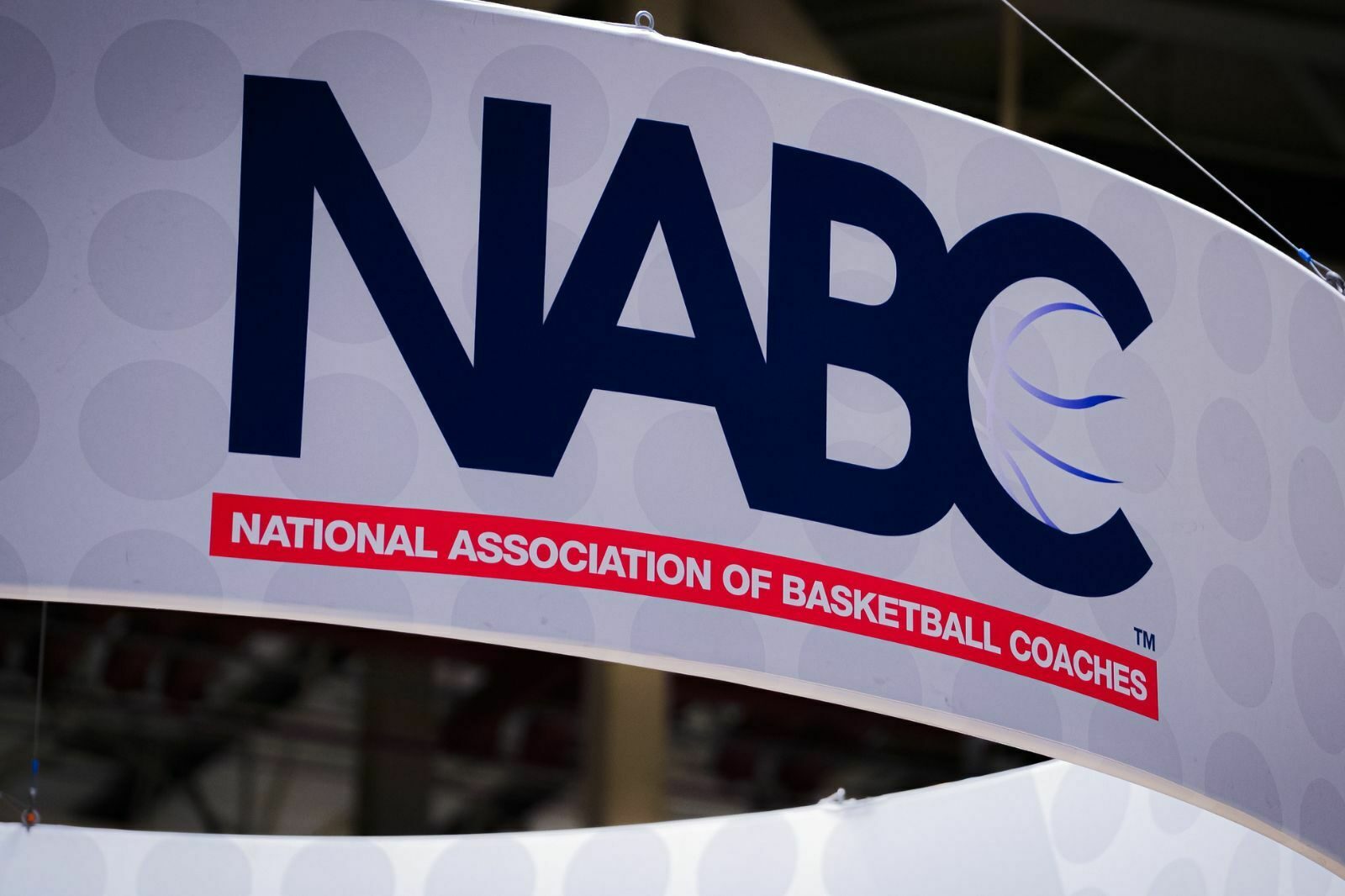
Phoenix, Arizona – during NABC Convention 2017 in Phoenix, Arizona, coaches from various basketball programs spent time to re-connect with friends & colleagues, watch finest college basketball at the NCAA Final Four and scouted innovative technology in order to win more games next season.
Hereby, KINEXON had the opportunity to demonstrate its cutting-edge basketball tracking and analytics platform at the NABC exhibition hall and at two live demonstrations – one at the brand-new Grand Canyon University practice facility and the other at the Coaches Run at Arizona State Prep University.
During the demonstrations coaches observed and experienced the benefits of the KINEXON basketball solution. They could watch others or even try the solution themselves by tracking individual performance: maximum speed in a full court transition, number of accelerations in a 10 minute drill, the jump height while trying to block a shot, or heart rate variation during the practice. The feedback was simple amazing. One statement by a strength and conditioning coach honored us the most:
“This is the first basketball analytics platform that really captures all relevant information on the physical demands of the game: High speed running in transitions, quick changes of directions in offense and defense and load associated with jumps.”
All in all, coaches agreed on one major aspects: Load, fitness and fatigue can hardly be measured by one single number. Today, many coaches using any form of performance tracking in practice rely the external load metric Player Load – a popular summary statistic indicating the load of an athlete by accumulating and normalizing accelerations in three dimensions. Due to technical limitations with existing performance tracking technologies this was a good first step towards analyzing physical performance in professional or collegial sports. However, coaches pointed out: Player Load as a single number is limited as an external load marker in at least two ways: (1) context and (2) magnitude.
- Context: Load is often treated as a homogeneous metric, but not seen in the perspective of the dynamics of the game, the position of the players, or simply the specific game situation. By the usage of position data, we can automatically detect where on the court the high-intensity activities occur. The load of a point guard is different in it source and nature to the load of a center. How intense is playing in the post, in transition or while defending the opponents star play maker? Are defensive plays more intense than offensive plays or the other around? Player load will not tell – position data is.
- Magnitude: Player Load measured by an accelerometer sensor gives coaches a good indication of the activity level of an athlete. However, it fails to explain how the player achieved this player load. Players can (theoretically) achieve the same player load while actually having two different load profiles. One player might contribute to the player load by a lot of short accelerations, while another player had more periods of high speed running distance in transitions. Hence, it is essential to compare the load of athletes during a single practice session in more detail, e.g. by analyzing speed zones, magnitude and lengths of accelerations, jumps, number of high-speed transitions.
Using context-based performance analysis based on precise position and accelerometer data allows coaches to monitor and manage external training load in a more sophisticated way – by more precise and detailed information on actual player and team load. Further, for a complete picture of player health and fatigue external load needs to be put into perspective of internal load (e.g. RPE, TRIMP, Heart Rate variability). At KINEXON we provide coaches with a coaching tool that enables them to keep their players stronger, fitter and healthier over the whole season.
After the positive experience with college coaches at NABC Convention 2017 we are already looking forward to equip more and more ambitious NCAA basketball programs for the next season.
